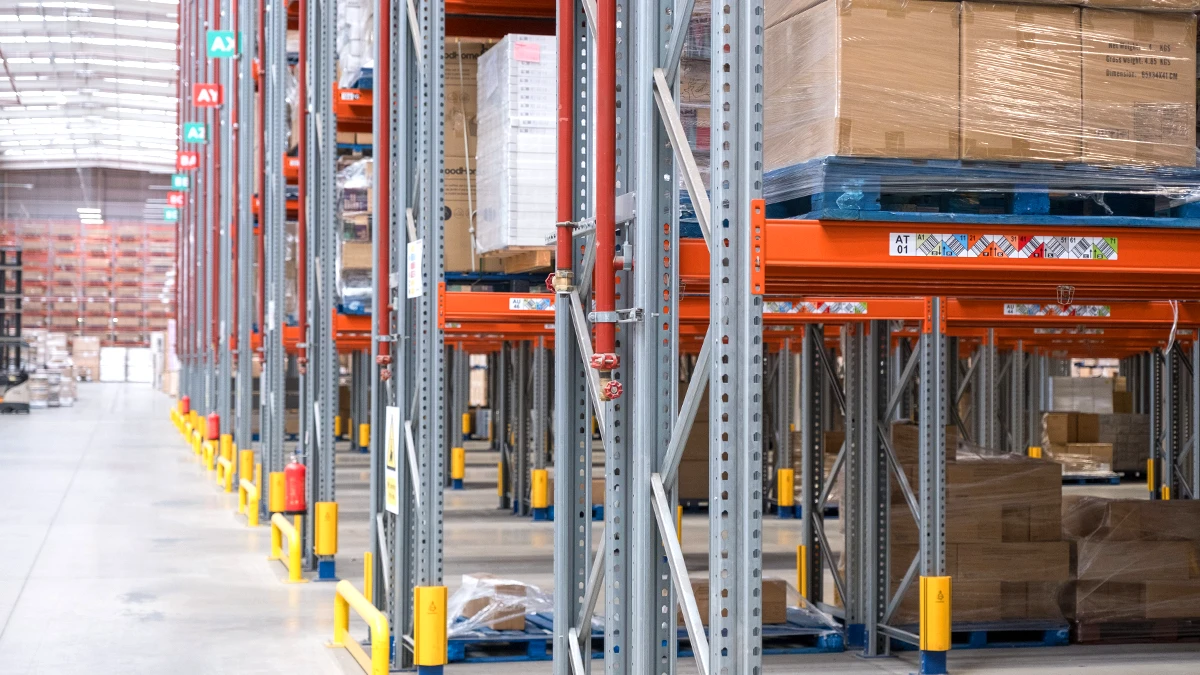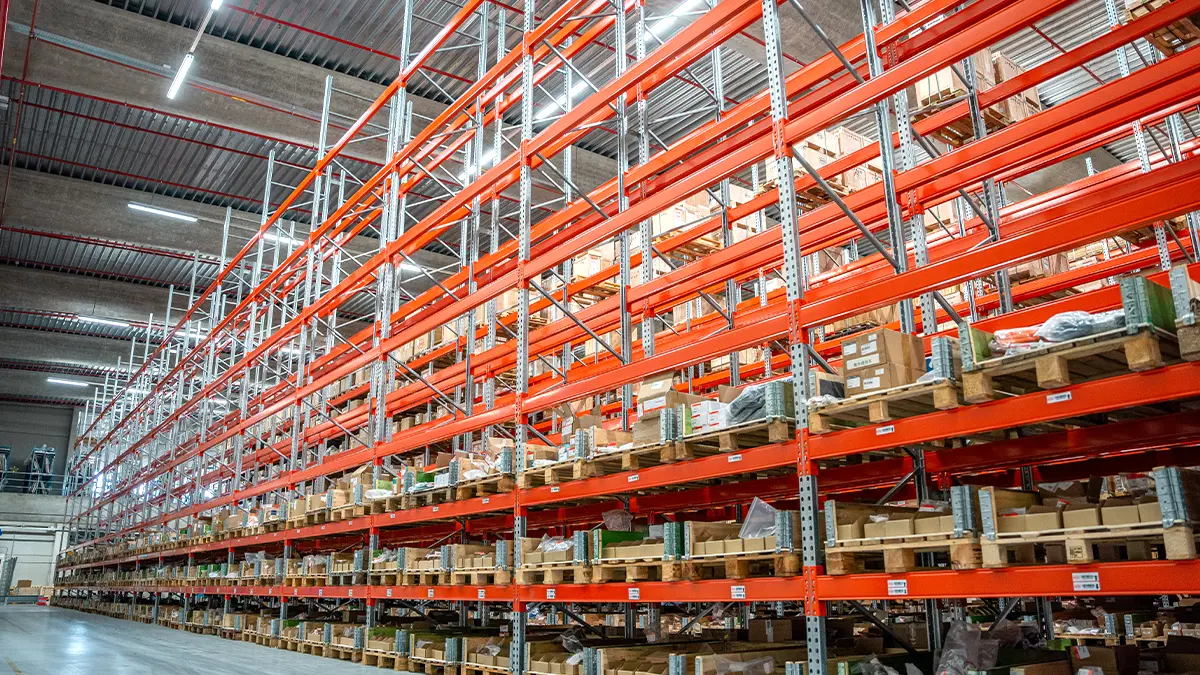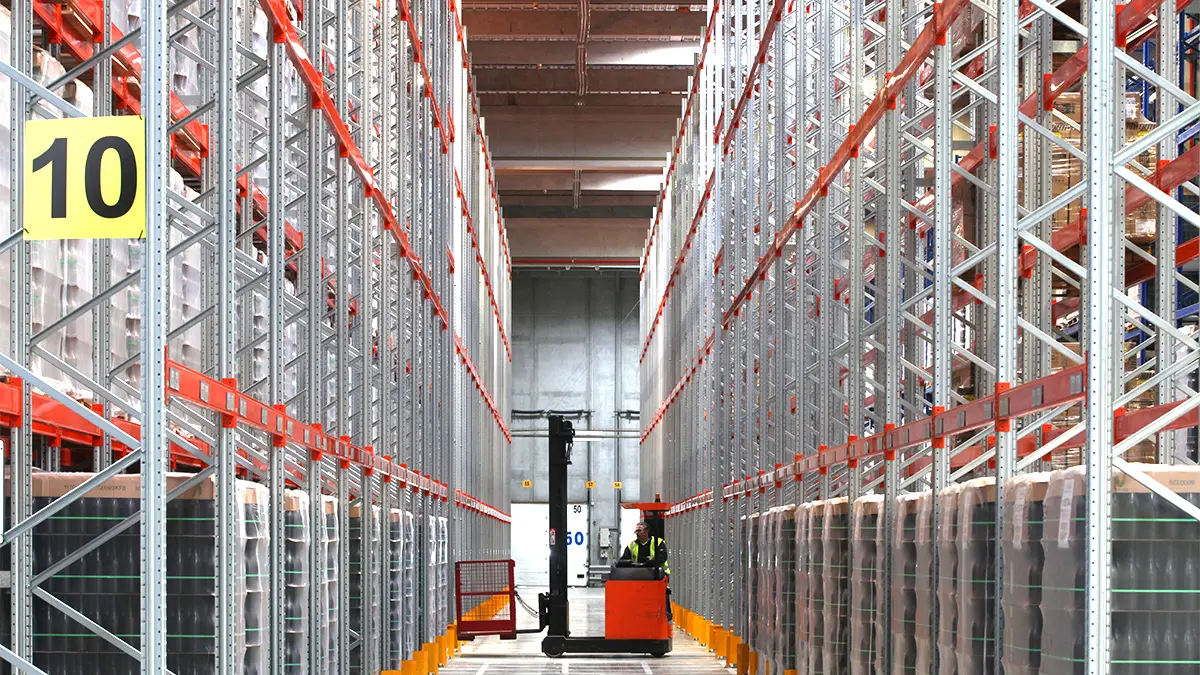When designing a warehouse, it is important to remember that there are several models according to the company’s needs and its intended use. Aspects such as location are essential in deciding which type of warehouse to choose, and regional warehouses stand out in this regard.
What is a regional warehouse?
A regional warehouse is an intermediate storage facility in the supply chain that serves as a distribution point for a specific geographical region and is noteworthy for its design and the distance its shipments cover.
It must be equipped to receive a large number of vehicles for loading and unloading goods, and transportation routes are generally less than a day long. Therefore, these facilities, also known as distribution warehouses, are located near end consumers in large urban centres.

What is the objective of establishing a regional warehouse?
Regional warehouses play a critical role in the supply chain by offering fast and reliable distribution. It is possible to operate without them, but having one enables the transfer of large volumes of goods in a short space of time. This is achieved by receiving products from multiple sources simultaneously and transferring orders to multiple destinations on the same day.
These centres are especially useful for the distribution of products with short expiry dates. Goods can therefore reach the warehouse and their destination on the same day.
In these warehouses with such a high flow of goods it is even more important to track inventory in real time, which facilitates decision-making and optimises key processes such as picking and order preparation.
Advantages for the supply chain
These warehouses have several key functions that can provide great benefits when it comes to managing a company's supply chain. We outline their main strengths below:
Inventory consolidation: They serve as a consolidation point to group products from different suppliers before distributing them to end customers or retailers within the region.
Reduced delivery times: By being closer to customers, regional warehouses can significantly reduce delivery times, thus improving customer service.
Optimisation of costs: They facilitate the efficient flow of inventory and logistics, optimising delivery distances and routes, which can reduce shipment and storage costs.
Improved availability of goods: Regional warehouses help maintain an adequate level of inventory to meet local demand, avoiding both shortages and excess products.
Flexibility: They allow companies to quickly adapt to fluctuations in local demand and better manage reverse logistics involving returns and defective products.
What is stored in a regional warehouse?
It is a very versatile type of warehouse and adapted to companies in any sector, so these facilities can accommodate different types of goods:
- Raw material: it is common for resources to be stored near production centres, which often implies proximity to central warehouses. In some cases, though, they may pass through regional warehouses before reaching their final destination.
- Intermediate products: semi-finished products can remain in the factory where their preparation began. However, if their manufacturing process requires the intervention of more than one facility, they may need to pass through a regional or temporary warehouse for their management and proper distribution.
- Finished products: In general, regional warehouses are usually responsible for storing these goods, since their main objective is to ensure a quick customer service, generally within 24 hours.
Choice of type of warehouse
When deciding what type of warehouse to create and implement, we must consider different aspects:
- Specific tasks in the field of logistics.
- Characteristics of the facility: these may include its geographical location, the number of square metres available for storage, the types of racking used, among other relevant aspects.
- The logistics of each company includes elements such as the type of product handled, the frequency of inventory rotation, the use of forklifts or other load handling equipment, the storage methodology used, the picking systems, as well as the operation of reverse logistics, among other specific aspects of the company's internal logistics operation.
Each type of warehouse has its own advantages and disadvantages. The key lies in identifying the system that best suits each company's needs, considering different factors such as the distance between manufacturing plants and end consumers or the type of product.

The presence of a regional warehouse can be crucial to consolidate the business in a specific area, especially in areas far from the head office or production centres. The ability to respond quickly can make all the difference, helping to meet customer needs in the shortest time possible. This can determine whether a customer decides to choose a company's services again or trust in its supply chain.
If you are considering establishing a new regional, central, transit or temporary warehouse, at AR Racking we have the best team to design and equip your warehouse with suitable storage systems. Contact us and we will offer you personalised advice according to your needs.




